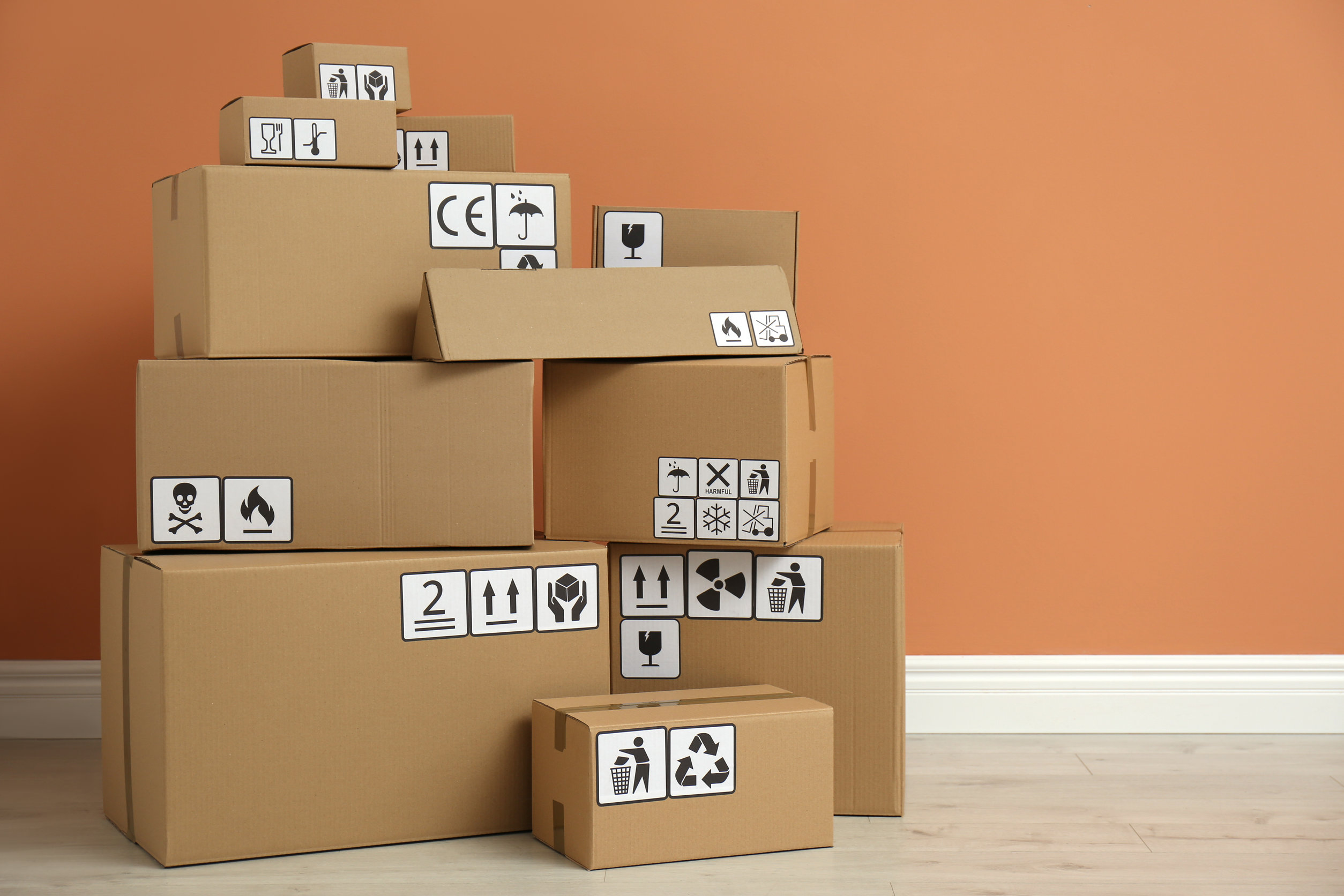Cardboard is a term often thrown around to describe just about any paper-based box. However, not all cardboard is created equal. There are two primary types of cardboard: traditional cardboard (often referred to as paperboard) and corrugated cardboard. Each type has unique properties, making them suitable for different uses. Understanding the differences between these materials is crucial for any business that packages their products. In this post, we’ll go over the difference between these two packaging materials and explain when you should use each type.
Traditional Cardboard
Traditional cardboard, or paperboard, is a paper-based material that is thicker than regular paper. Paperboard is made by compressing fibers from wood or from recycled paper to form a thick sheet. It is commonly used to create boxes for products that need more structure than paper but don’t necessarily need a lot of strength, since it is not ideal for supporting heavy weights or providing significant impact resistance.
The main advantage of traditional cardboard is how easy it is to cut and print. This makes it highly popular for retail packaging as it can be made to look very attractive. It is also more cost-effective and can be easily recycled, which is a pro for eco-conscious consumers.
Corrugated Cardboard
Corrugated cardboard, on the other hand, is designed to provide a much higher level of protection compared to traditional cardboard. If you’ve ever seen a brown basic shipping box, then you’ve seen corrugated cardboard. The reason corrugated cardboard is so strong is due to its structural design. It is made up of three layers of paper: an inside liner, an outside liner, and a middle section known as the fluting. The fluted layer is what gives corrugated cardboard its distinctive wavy, ridged pattern that can be seen when looking at the edge of the material.
The fluted middle layer provides a buffer that protects contents from shock and impact during shipping. It adds rigidity and strength, minimizing the risk of the box being crushed. This makes corrugated cardboard an excellent choice for transporting and storing heavier items or items that might get roughed up a bit during shipping. Additionally, the air circulating through the flutes provides insulation, which can protect products from temperature variations.
Best Uses
While both types of cardboard are useful for packaging, their best uses differ due to their structural capabilities. Traditional cardboard is mostly used for consumer goods that require a visually appealing package, such as electronics, cosmetics, and food products. Corrugated cardboard is the go-to for shipping and storage boxes that need to withstand the rigors of transportation.
Environmental Impact
From an environmental standpoint, both types of cardboard are recyclable, which reduces their impact on the environment. However, the recycling process for each differs slightly due to the adhesive used in corrugated cardboard, which needs to be removed before the paper can be recycled.
Packaging Machines for All Types of Cardboard
Choosing the right type of cardboard for your packaging needs is essential to optimize protection, control costs, and reduce environmental impact. Traditional cardboard offers a cost-effective and attractive option for lighter items, while corrugated cardboard provides superior protection and durability for shipping and heavier items. At Econocorp, we can help you choose the perfect packaging equipment for your exact packaging needs, no matter what type of cardboard your line uses. For more information, contact us at 781-986-7500 to speak with one of our knowledgeable sales reps about how we can revolutionize your packaging line and improve your bottom line with our high-quality cartoners, tray formers, and case packers.

